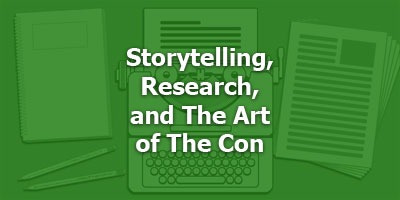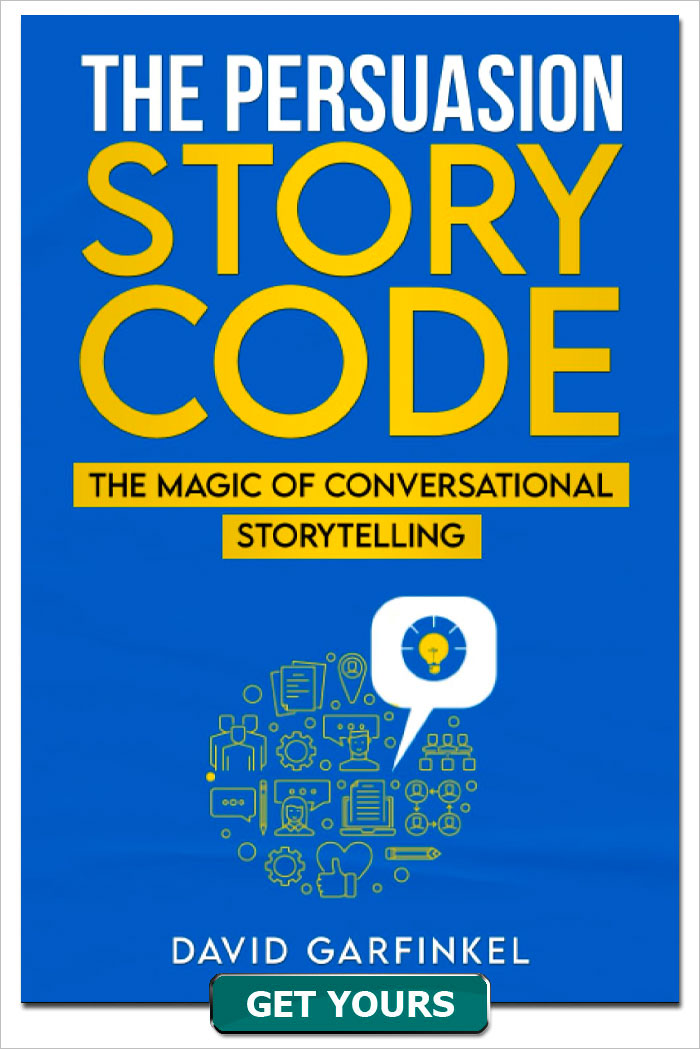Storytelling, Research and The Art of The Con with Richard Armstrong
Published by: David Garfinkel on 04-29-2019
Tweet
Richard Armstrong is a top A-List copywriter and I’m proud to say he’s my friend. He’s written for all the big mailers: Agora, Boardroom, Rodale, Kiplinger’s, Reader’s Digest, and many others.
The late and extremely picky William F. Buckley, Jr. once allowed that Richard’s writing is “terrific.” The legendary Gary Bencivenga called Richard “one of the best copywriters on the planet.” And the great Dan Kennedy simply said of Richard, “I envy his talent.”
Gotta agree with Dan on that one. I envy Richard’s talent, too. But envy has never prevented me from having a guest on this podcast.
Today Richard’s going to talk about con artistry — and there’s a perfectly legitimate reason for that — as well as some storytelling stuff you’ve probably never heard before.
1. Richard, we’re going to talk a lot about copywriting today, but I want to start by plugging your excellent new book, The Don Con, and ask you just a little about your research for that.
Specifically, what did you learn about who con artists are and what they do?
2. I know you’re going to be offering our listeners a free special report, and we’ll talk about it later. Besides your really cool book, I also got the chance to review your special report in advance, and I would like you share with us one of the most astonishing things I read in it:
You said that a lot of the techniques, or maybe all the techniques, that con artists use are the same ones we copywriters use.
So what are those techniques, and what’s the difference between a con artist and a copywriter?
3. In a former lifetime, I interviewed you for a webinar series and you said something that keeps echoing in my brain, for years. It was that the secret A-List copywriters know, that other copywriters don’t, is about research. Could you talk about the level of research a top copywriter does, and what’s involved?
4. Richard, as a fellow advertising guy, surely you must remember the old ad for Certs: It’s a breath mint and a candy mint. How they packed all that into one mint, I’m still puzzled about to this day.
But in your own way, you’ve got a similarly rare distinction. You’re a copywriter and a novelist. Tell us, what do novelists know about storytelling that copywriters don’t know?
5. One of my favorite Richard Armstrong stories is your lift note for Kiplinger’s Personal Finance about your aunt Jane. It, of course, is great storytelling in itself.
Here, let me read it out loud so our listeners will be familiar with it:
Dear Friend,
My aunt Jane is rich as sin. And nobody in my family can figure out why.
She worked as a librarian her whole life. Her husband, who passed away a few years back, was a tool-and-die maker. They never earned much money in their lives. But boy, were they ever smart with what they had.
There was a little vacation home that they picked up for a song and wound up selling for $250,000. Some well-chosen stocks that grew in value over the years. Mutual funds. Municipal bonds. Treasury bills. Even a vintage Volkswagen “Beetle” that’s worth more now than the day they bought it.
Nowadays my Aunt Jane -- who we always thought was just a little crazy -- is a bonafide millionaire!
One day I asked her for the secret of her success. “I have three rules,” she said.
1) Never let your money sit idle
2) Never pay more than you have to for anything
3) Never pass up anything that’s free
Well, my friend, unless you return the enclosed card today, you’re going to break at least one -- and probably all three -- of my aunt’s rules.
Because if you return the enclosed card, you’ll get a free issue of KIPLINGER’S PERSONAL FINANCE (Rule #3). If you decide to subscribe, you’ll get the next 11 issues at a very low price, plus three free bonus gifts (Rule #2).
And instead of spending the rest of your life working for money, you’ll put your money to work for you. (Rule #1)
I know my Aunt Jane wouldn’t pass up a free sample issue of KIPLINGER’S PERSONAL FINANCE magazine.
But of course...
She already subscribes.
Best regards,
Richard Armstrong
Could you tell us about this piece of copy? I particularly love hearing you recount how you wrote it -- or how you gave up entirely, and it wrote itself.
6. When you’ve written controls or blockbuster promotions, beside inhuman amounts of research, what are some of the other techniques you use that might be helpful to our listeners, who are copywriters and business owners interested in copy?
7. Finally, your special report: “How to Talk Anyone Into Anything.” Besides the smidgen of your research findings that we talked about in the beginning… tell us about the other research you did writing your new book The Don Con, that led up to this report. And, tell us how our readers can get a free copy of this magnificent free special report!
Check Out Richard's New Book
Keywords: fiction research copywriting









